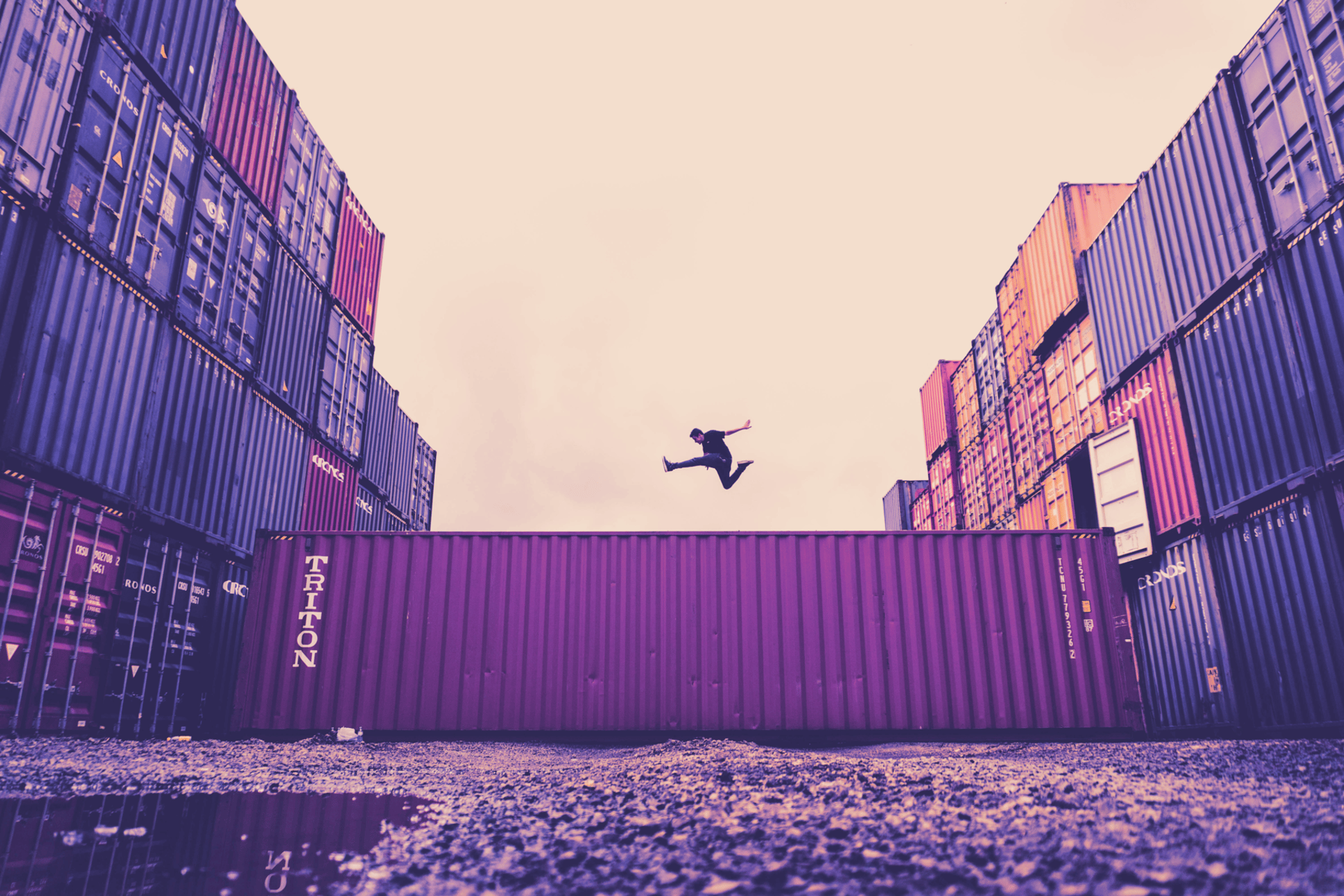Navigating Trade Regulations: Tips for Importing Goods from Overseas
Explore our comprehensive guide on navigating trade regulations for importing goods from overseas. From understanding the fundamentals of trade regulations to practical tips for success, our blog provides valuable insights and expert advice to help you navigate the complexities of international trade with confidence and compliance.
Alex
3/5/20243 min read

In today's global marketplace, importing goods from overseas has become increasingly common for businesses seeking to expand their product offerings and reach new markets. However, navigating the complex web of trade regulations can be a daunting task for importers, especially those new to the process. In this comprehensive guide, we'll explore essential tips and best practices to help you navigate trade regulations effectively and ensure a smooth importing experience.
Understanding Trade Regulations: A Primer
Before delving into specific tips for importing goods, it's essential to have a basic understanding of trade regulations and their significance. Trade regulations encompass a wide range of rules, laws, and policies imposed by governments to regulate the flow of goods across borders. These regulations aim to protect domestic industries, ensure consumer safety, and maintain national security, among other objectives.
Key Components of Trade Regulations:
Tariffs and Duties: Tariffs are taxes imposed on imported goods, typically based on the product's value or quantity. Duties, on the other hand, are fees levied on specific types of goods entering a country. Understanding the tariff rates and duty structures applicable to your imported products is crucial for accurate cost estimation and compliance.
Import Licensing and Documentation: Many countries require importers to obtain licenses or permits before importing certain types of goods. Additionally, various documentation, such as invoices, packing lists, and certificates of origin, may be required to clear customs and ensure compliance with regulatory requirements.
Product Standards and Regulations: Importers must adhere to product standards and regulations set by regulatory authorities in the importing country. These standards may cover product safety, quality, labeling, and packaging requirements, among others. Non-compliance with these regulations can result in costly delays or even product recalls.
Trade Agreements and Free Trade Zones: Trade agreements between countries can impact import regulations by reducing or eliminating tariffs on goods traded between signatory nations. Additionally, free trade zones (FTZs) offer preferential treatment to imported goods within designated geographic areas, providing opportunities for cost savings and streamlined customs procedures.
Navigating Trade Regulations: Tips for Success
Now that we've covered the basics of trade regulations let's explore some practical tips to help you navigate the importing process successfully:
Conduct Thorough Research: Before initiating any import transactions, take the time to research and understand the trade regulations applicable to your specific products and target markets. Identify any licensing requirements, tariff rates, and product standards that may affect your imports.
Partner with Experienced Professionals: Consider partnering with experienced customs brokers, freight forwarders, or trade consultants who can provide expert guidance and assistance throughout the importing process. These professionals can help you navigate complex regulatory requirements, complete necessary documentation, and ensure compliance with trade regulations.
Maintain Accurate Records: Keep detailed records of all import-related transactions, including invoices, shipping documents, import licenses, and certificates of origin. Accurate record-keeping is essential for demonstrating compliance with trade regulations and facilitating customs clearance processes.
Stay Informed About Regulatory Changes: Trade regulations are subject to change, with new laws, tariffs, and trade agreements being enacted regularly. Stay informed about relevant regulatory developments through industry publications, government websites, and trade associations to ensure timely compliance with evolving requirements.
Utilise Trade Preferences and Programs: Take advantage of trade preferences and programs, such as preferential tariff rates under free trade agreements or duty drawback schemes, to reduce import costs and gain a competitive edge. Work with your trade partners and advisors to explore available options and maximize benefits.
Invest in Compliance Training: Provide training for your staff involved in the importing process to ensure they understand their roles and responsibilities regarding trade compliance. Training programs should cover topics such as tariff classification, customs valuation, and import documentation requirements to mitigate the risk of non-compliance errors.
Develop Contingency Plans: Anticipate potential challenges or disruptions in the importing process, such as customs delays, regulatory inspections, or unforeseen tariff changes, and develop contingency plans to address them proactively. Having contingency plans in place can help minimize disruptions to your supply chain and mitigate associated risks.
By following these tips and best practices, you can navigate trade regulations effectively and minimize compliance risks when importing goods from overseas. Remember to stay informed, seek expert guidance when needed, and prioritize compliance to ensure a smooth and successful importing experience.
In Conclusion
Navigating trade regulations is a complex yet essential aspect of importing goods from overseas. By understanding the key components of trade regulations, conducting thorough research, partnering with experienced professionals, and staying informed about regulatory changes, importers can navigate the process effectively and ensure compliance with applicable laws and requirements. With careful planning, attention to detail, and a commitment to compliance, importing goods can be a rewarding and profitable endeavor for businesses seeking to expand their global reach.
Remember, success in importing begins with knowledge and preparation. By following the tips outlined in this guide, you can navigate trade regulations with confidence and achieve your importing goals efficiently and effectively.
If you found this guide helpful, be sure to subscribe to our blog for more insights, tips, and updates on importing goods from overseas. Happy importing!


Contact us
Whether you have a request, a query, or want to work with us, use the form below to get in touch with our team.
Location
3721 Single Street
Quincy, MA 02169
Hours
I-V 9:00-18:00
VI - VII Closed
